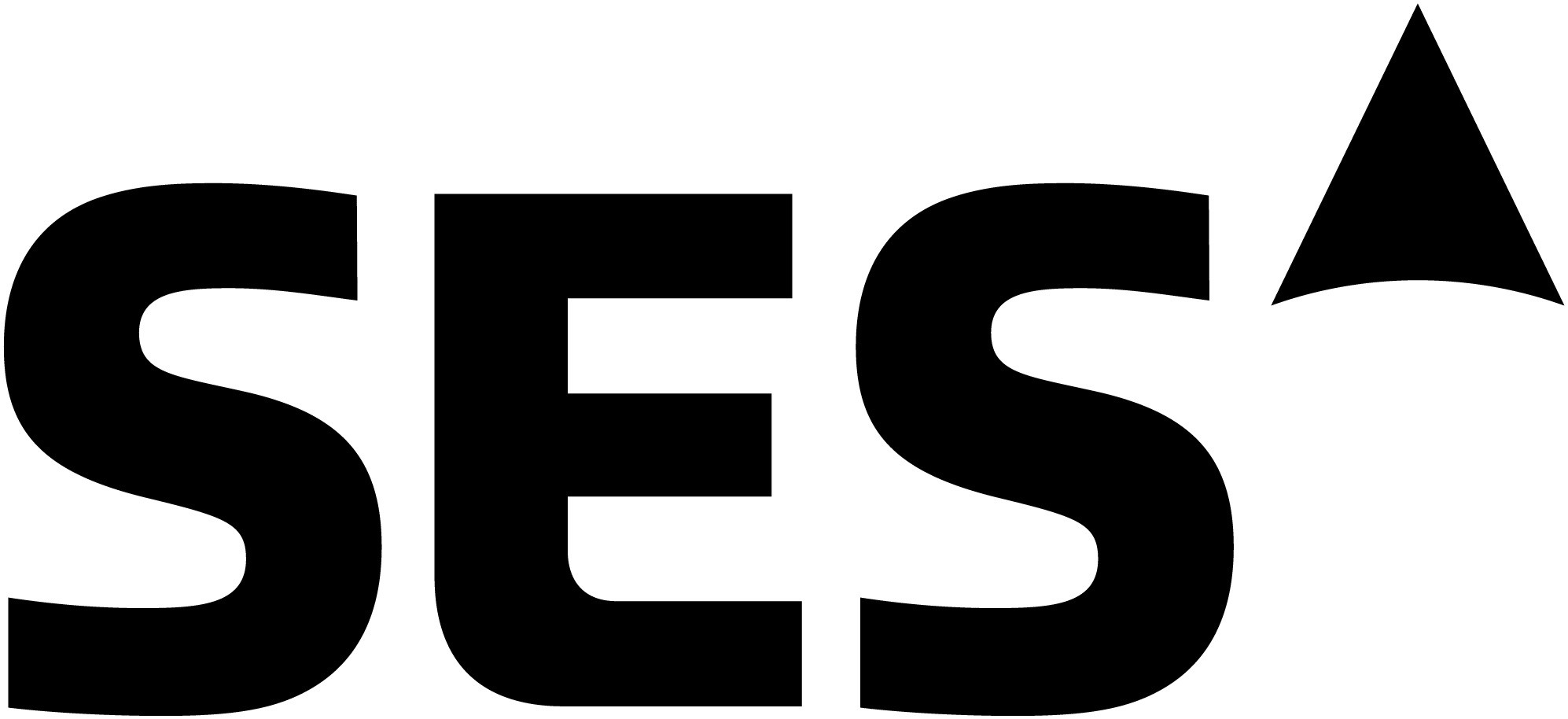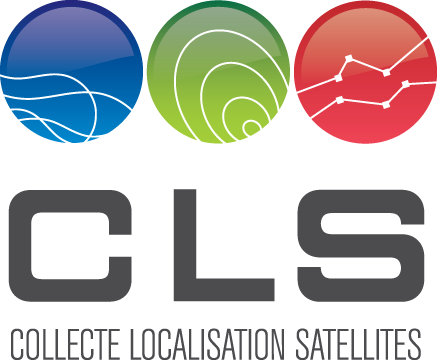
-
StatusCompleted
-
Status date2012-07-19
The objectives of SAT-AIS PPP study is the assessment of possible Public-Private Partnership (PPP) schemes for the development and operation of the SAT-AIS infrastructure, and provision of the SAT-AIS data and services to institutional or private users.
The following are the number of challenges identified :-
Technical: AIS was originally intended to make use of a special transmission protocol for signal synchronisation. Placing an AIS receiver on a high-altitude aircraft or a Low Earth Orbit satellite means that this receiver will receive messages from AIS transponders that are not or only to a minor extent synchronised. Thus messages from different ships in the line of sight of the satellite will overlap in time or “collide”.
Regulatory: Today, there is no ruling on the AIS data management resulting from satellite capture of VHF transmissions. The emergence of restrictions similar to LRIT might strongly impact current views, associated tentative requirements and would have an important impact on the business development.
Commercial: The required Revisit Times and Data Timeliness necessitate a relative high number of satellite AIS payloads in suitable orbits and well positioned ground stations. The resulting high system costs of a global satellite constellation are in contrast to the scope and available budgets. This also poses a severe challenge for a viable commercial operation of such system.
The study team has delivered the following information:
- Potential Revenue Analysis,
- Preliminary analysis of the different business cases, including description of all hypothesis, and assumptions and implementation of the business case scenarios in the business model,
- SAT-AIS implementation analysis and risk analysis,
- Recommendations for Phase B1 studies,
- PPP proposition for SAT-AIS implementation and exploitation.
The expected operational benefits of space-based capture of AIS transmissions are the following:
- Provide an independent time stamp and ship localisation than the one declared in the AIS message, sometimes erroneous and possibly deliberately biased,
- Provide access to much more frequent transmissions than those imposed for LRIT, as defined and agreed by IMO, thus improving tracking continuity and monitoring persistency,
- Provide access to all ships data, while the LRIT data distribution is extremely selective.
Overall target architecture
The main SAT-AIS requirement from users’ perspective implies that the system shall be able to:
- Detect all Class A (mandatory) and Class B (desirable) vessels transmitting AIS signals,
- Detect AIS messages on a worldwide basis.
The functional (performance) requirements, as requested by the user community and defined by ESA, are:
- Time update interval of max. 3 hours (mandatory) and max. 1 hour (goal),
- Timeliness max. 1 hour (mandatory) and max. 30 minutes (goal),
- Sustain traffic growth for the 15-year system lifetime.
The study team performed the final presentation on the 26th July 2012.







